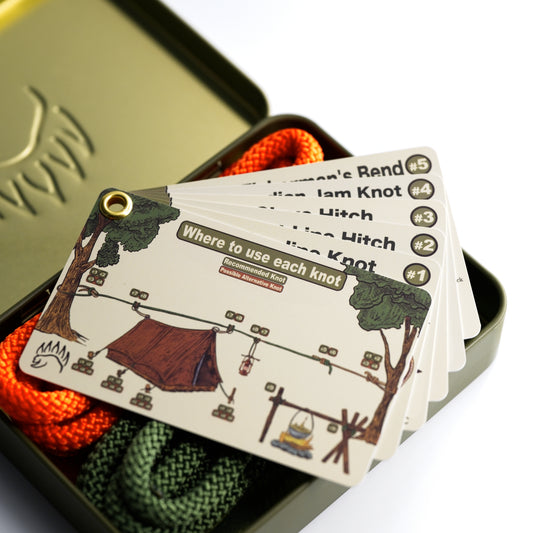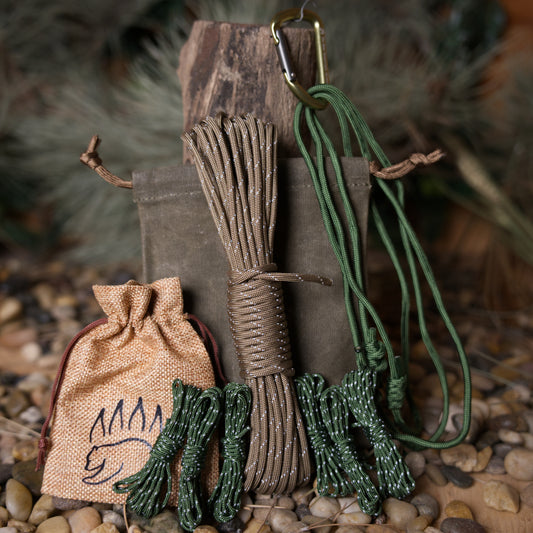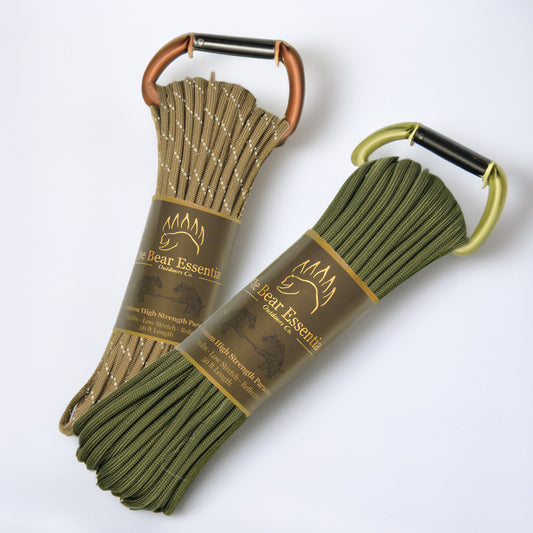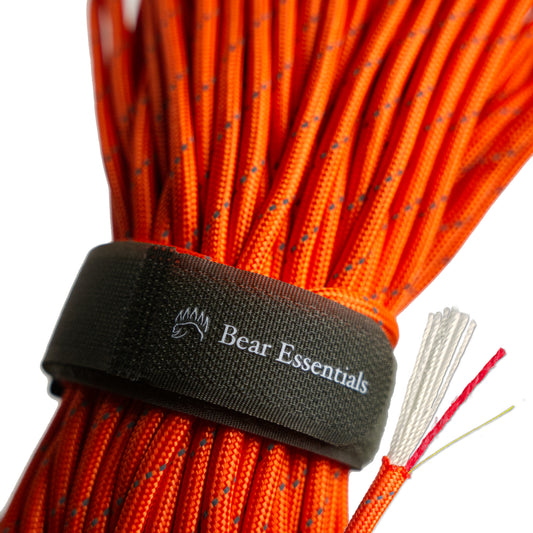How to Tie the Remote Release Hitch (Bell Ringer's Knot)
Usage
The Remote Release Hitch, also known as the Bell Ringer's Knot, is commonly used to secure a rope to an object with a quick-release mechanism in hoisting, bushcraft, and utility tasks. Compared to the Highwayman’s Hitch, it’s simpler to tie and release with a shake or tug, making it ideal for temporary ties. Its hands-free untying is valued, but it can slip if not set properly. This knot is a favorite for rigging and animal handling.
Why Learn the Remote Release Hitch (Bell Ringer's Knot)?
Its shake-loose design ensures rapid, hands-free release. This knot is a go-to for quick, temporary attachments in dynamic settings.
- Instant release: Unties with a tug or shake, no hands needed.
- Simple to tie: Forms quickly with minimal steps.
- Versatile use: Suits hoisting, bushcraft, or utility tasks.
- Minimal rope use: Creates an effective hitch with little cord.
- Field-friendly: Works in rugged or urgent conditions.
Common Uses
-
Hoisting:
- Secures ropes for lifting gear, releasing with a tug.
- Attaches loads to pulleys for quick detachment.
-
Bushcraft:
- Ties temporary shelters or gear, untying instantly.
- Secures animal leads with hands-free release.
-
Utility:
- Fastens ropes to posts for short-term tasks.
- Creates quick-release ties for household rigging.
ABOK Number
(Ashley Book of Knots)
Other Names
Category
|
Notable Features
- Quick Release: Unties with a shake or tug, ideal for fast detachment.
- Easy to Tie: Requires minimal steps and effort.
- Low Rope Consumption: Uses a small amount of cord effectively.
- Field-Ready: Performs well in rugged outdoor environments.
Variations
It can be modified into the Safety Remote Release Hitch (ABOK 172-b) by adding a safety tuck to prevent premature release, though this slows the shake-loose action.
Similar Knots
Highwayman’s Hitch vs. Remote Release Hitch
- Pros: Also quick-release with a dramatic collapse for fast removal.
- Cons: More complex to tie and less suited for hands-free release.
Bear’s Grip Hitch vs. Remote Release Hitch
- Pros: Stronger grip for sustained loads with shake-loose feature.
- Cons: Less simple and requires more steps to tie.
History
The Remote Release Hitch, referenced in The Ashley Book of Knots (#172-a), likely originated in maritime and bell-ringing contexts where ropes needed to be secured yet quickly released from a distance. Its simplicity and hands-free release made it a practical choice for hoisting and animal handling. Its modern use in bushcraft and utility tasks highlights its efficiency for temporary, rapid-release ties.
Security Level
The Remote Release Hitch provides reliable holding for light to moderate loads when tied correctly, ideal for temporary ties that require quick release. It performs best with textured ropes and consistent tension. For heavy or critical loads, a more secure knot like the Anchor Hitch is recommended to prevent unintended release.
Downsides
- Accidental release: Sensitive to shakes or tugs, risking premature untying.
- Slipping risk: May loosen with slick ropes or without proper tension.
Structure
- Pass the rope around the object (e.g., post or ring).
- Form a loop with the working end and pass it over the standing line.
- Pull the loop through to create a slip knot around the object.
- Tighten the hitch by pulling the standing line, ensuring the loop is snug.
- Test by tugging the standing line to confirm it releases with a shake.
Pro Tip: Keep the slip loop tight to prevent premature release. Use a textured rope like nylon to improve grip on the object.
FAQ
Is the Remote Release Hitch strong enough for hoisting?
Yes, for light to moderate loads, but test the hold and avoid critical tasks.
What’s the best rope for the Remote Release Hitch?
Nylon or polyester ropes with good grip, like 6-8mm, work well.
How does the Remote Release Hitch compare to the Highwayman’s Hitch?
The Remote Release is simpler and better for hands-free untying, but less dramatic.
Can the Remote Release Hitch be used in bushcraft?
Yes, it’s great for temporary shelters or animal leads needing quick release.
Why choose the Remote Release Hitch over a Bear’s Grip Hitch?
It’s faster to tie and releases hands-free, though less secure for sustained loads.
Important Notes on Safety
Common failure points include a loose slip loop or accidental tugs, which can cause premature release. Always verify the hitch is snug and secure before use, and avoid critical loads. Check the rope for wear or slickness before tying. Ensure the slip loop is tight to prevent unintended release. Practice in low-stakes settings to master tying and releasing.
Check out The Bear Essentials knot-tying kit complete with a pocket guide and two practice ropes.







